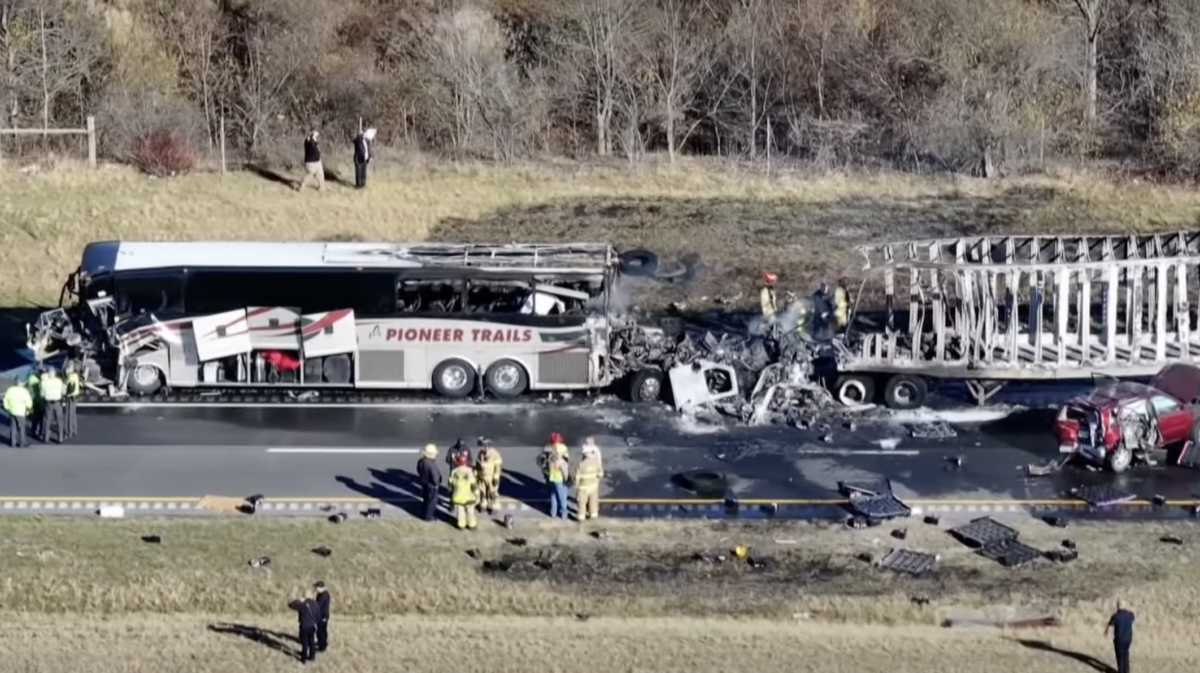Ohio deploys new tech to stop ‘end-of-queue’ crashes

The Ohio Department of Transportation (ODOT) will roll out new technology at more than a dozen sites statewide to help prevent ‘end-of-queue’ crashes caused by traffic congestion.
ODOT Tech To Warn Drivers Of Stopped Or Slowed Traffic
On February 15, ODOT announced that new technology will be installed at 13 sites around the state that can detect traffic congestion and warn drivers of dangerous slow-downs.
All 13 sites are expected to be operational within the next two years.
The new systems will use camera technology to detect slow or stopped traffic, and then a warning message will be automatically relayed to electronic highway signs a few miles away to make drivers aware of the hazard.
Officials Hope To Stop Crashes Like I-70 Charter Bus Fatal Collision
The systems are specifically designed to reduce the number of ‘end-of-queue’ crashes that occur when drivers don’t spot slowed or stopped traffic and plow into vehicles at the end of the line. Officials specifically pointed to a November 14, 2023, fiery charter bus crash that left six people dead on I-70 in Licking County as the type of crash that they hope to prevent with the new technology.
The first of the warning systems was activated on Thursday morning on westbound I-70 near the site of the November charter bus crash.
ODOT says that ‘end-of-queue’ crashes increased over the past three years to 8,811 crashes in 2023. Officials estimate that the new technology will prevent 16% of these types of crashes, resulting in 1,400 fewer crashes.
Technology Won’t Help If Drivers Are Distracted: Officials
As the technology is rolled out, officials in Ohio point out that even with extra warning about slow downs, it is essential for drivers to pay attention.
“As technology continues to evolve, we’re always looking for new ways to help prevent serious and fatal crashes on our highways,” said Governor DeWine. “Although we’re confident that these warning systems will help prevent crashes, there is still no substitute for safe driving. For these signs to be effective, drivers must be paying attention.”
“Education of distracted driving, along with this technology, will help achieve our mutual goals of increasing safety on our roads and reducing serious crashes,” said Colonel Charles A. Jones, Ohio State Highway Patrol superintendent. “We, as troopers, take it to heart that our job every day is to ensure that motorists make it home to their families, and we make it home to ours.”
For more on how the technology works, you can check out the video below.